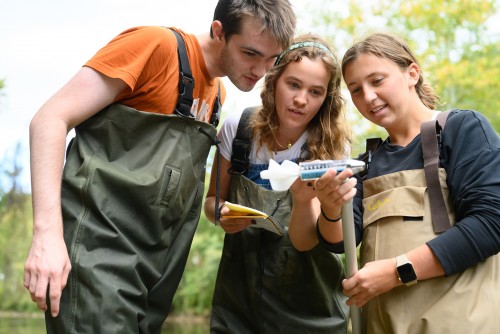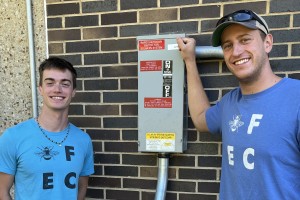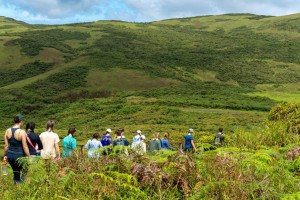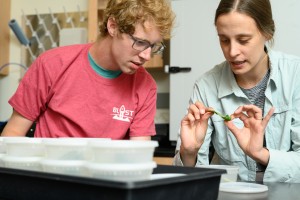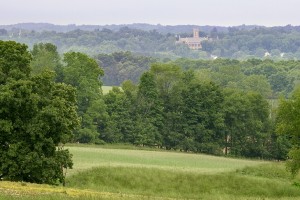Studying Environmental Studies at Kenyon
Guided by faculty with expertise in such wide-ranging fields as climate change, wetlands preservation, macroecology and microbiology, students study the complex systems that lie at the heart of humans’ interaction with the natural world. The landscape surrounding Kenyon provides a unique living laboratory, giving students the opportunity to conduct field research in the riparian habitats of the Kokosing River and the pastures, prairies, wetlands and woodlands of the Kenyon Farm, Kokosing Nature Preserve and the 500-acre Brown Family Environmental Center.
Featured Courses
Solar Power Systems
How can humanity harness the power of the sun to eliminate our dependence on fossil fuels? In this electrifying course, you’ll study the physics of energy before putting knowledge into practice by designing, installing and flipping the switch on a functioning photovoltaic system on Kenyon’s campus.
The Science of Climate Change
Climate change is the defining environmental issue for our time, permeating conversations about economics, human rights and international relations. In order to engage in these conversations, it is critical to have a solid understanding of Earth’s climate system and how humans are altering it.
Sustainable Agriculture
Study the complex systems that seek to balance feeding a growing population, preserving natural resources, and sustaining farms financially. Partnerships with local farmers provide weekly, hands-on experience in the fundamentals of running an organic farm while class readings and discussions provide a framework for integrating fieldwork experiences with the science of sustainable agriculture.
Disease Ecology
Hosts, pathogens and vectors are parts of complex ecosystems. Employing case studies, problem-based learning and discussions focused on the global aspects of disease, this course examines the effects of disease on ecosystems (including humans) and explores the ecological and evolutionary processes that drive disease dynamics.
Related Stories
-

Sun and Soil
First Person: Student Life at KenyonWhat a class trip to the Galápagos taught one student about connection, community and the heat that lingers long after the sun fades.
DateCategories -

A Fruitful Venture
Kenyon NewsAn Environmental Studies Sustainability Scholar’s work studying insects and other creatures in local orchards could be an important step toward sustainable pest control.
DateCategories -

Philander Chase Conservancy to Connect Public Green Spaces
Press ReleasesUsing a grant from the Clean Ohio Green Space Conservation Program, the conservancy acquired 124 acres of land that will connect the Brown Family Environmental Center with Wolf Run Regional Park, creating more open space for public use.
DateCategories
“The Kokosing River sauntered along with no particular rush, like it savored the journey and questioned the need for a destination.”
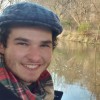
Reading the Ohio Landscape
Equipped with yellow field notebooks, students spent a semester connecting scientific concepts with personal narratives to tell the story of a place near Kenyon's campus in this special topics course. Here are a few of their observations.
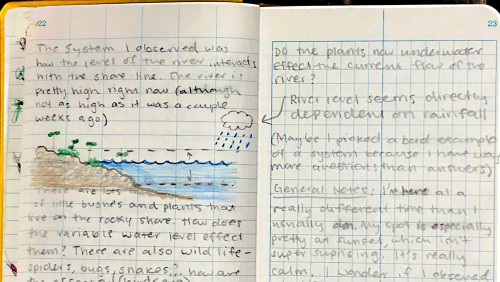
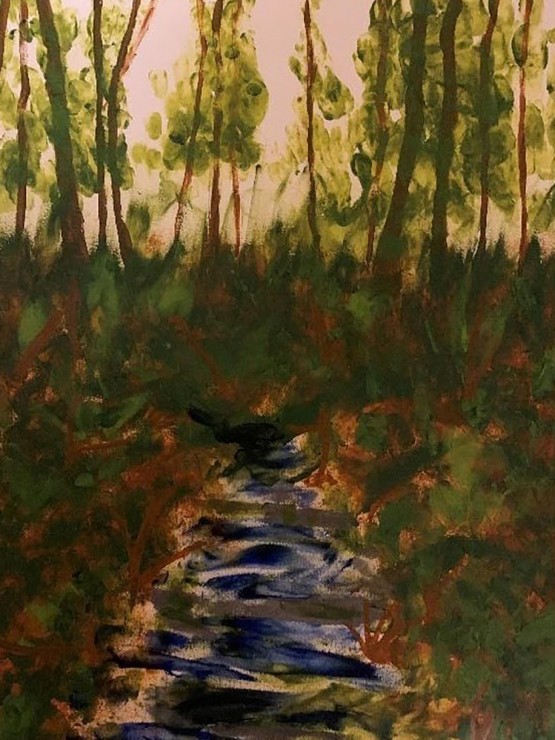
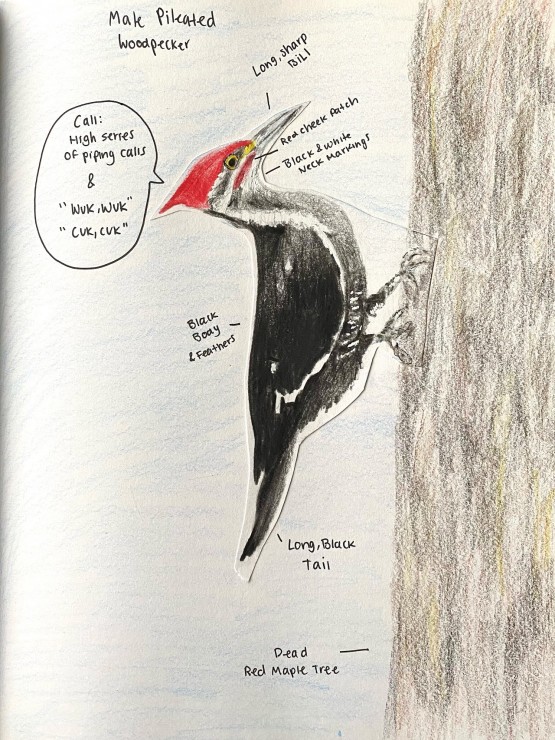
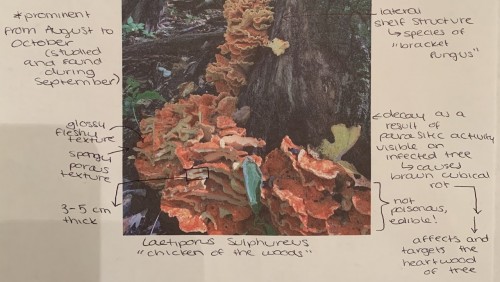
Lake Ecosystem Restoration
In her "Applied Environmental Analysis" course, Eva Brazer '21 of San Francisco proposed a policy to improve the ecosystem of California's Mono Lake, which has been severely damaged due to excessive diversions of water to Los Angeles. Here is a model from her research.
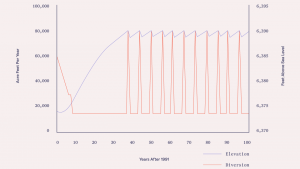
"This model permits a gradient decline in diversions until water elevations increase to 6,390 feet, which would give the city time to find alternatives without experiencing drastic water shortages and protect the long-term health of the lake’s ecosystem." - Eva Brazer '21
Kenyon College
Gambier, Ohio 43022
